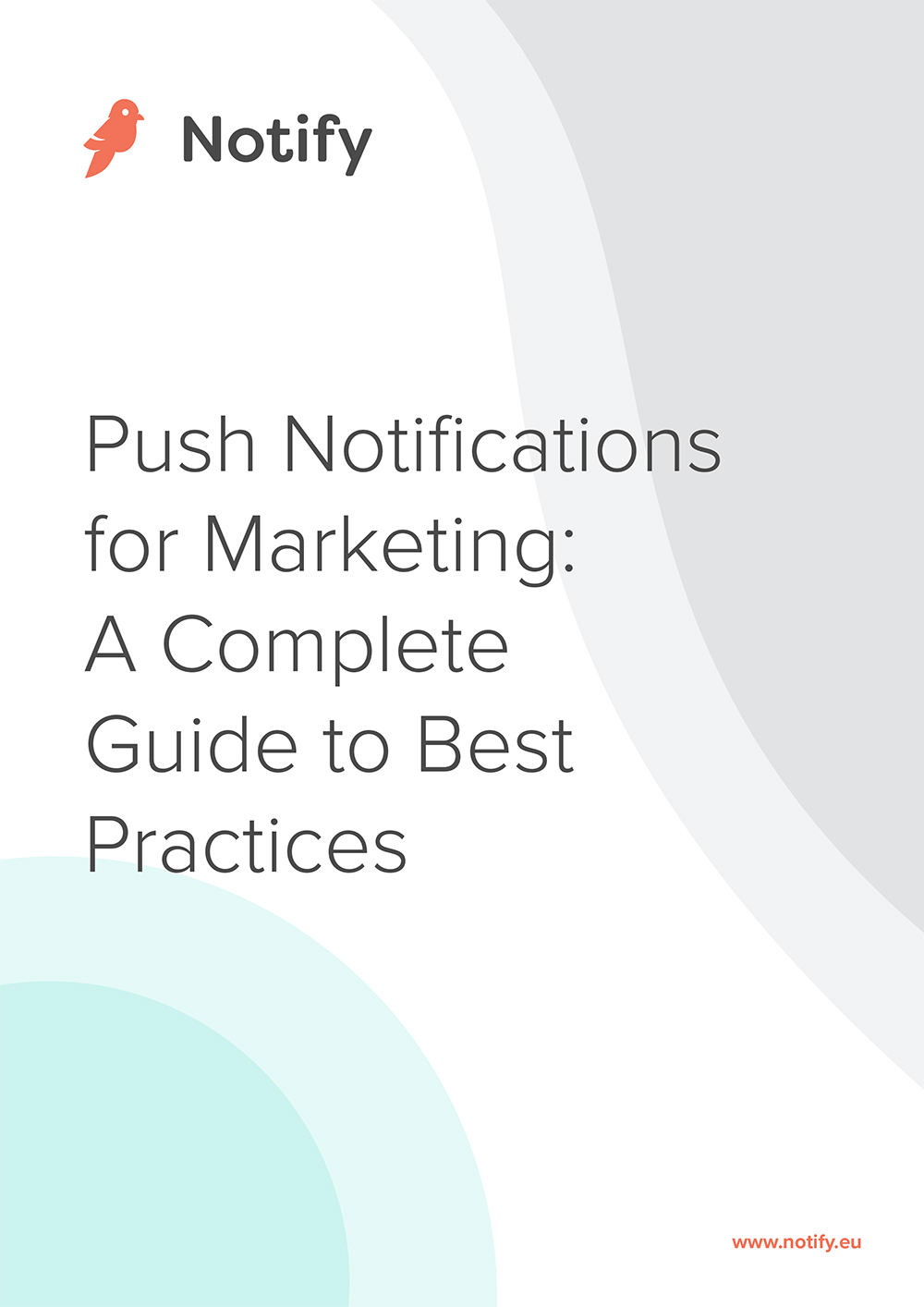Email is one of the most commonly used and oldest digital communication channels for staying in touch with your customers. It’s unsurprisingly common that it’s still popular in 2020, as we all check our email frequently and subscribe to lots of newsletters and updates.
However, there is a downside to relying on email for notifying customers of important updates or offers. Email is a crowded place. On average, office workers receive 121 emails per day and 45% of all emails are spam. Getting your message to stand out from the crowd with email is difficult and that’s where push notifications can help.
Here are the reasons why push notifications are better than emails in many cases:
Push notifications are unlikely to be ignored
With push notifications, users don’t need to open their email client or login to anything. Push notifications pop up on the screen immediately, so it’s hard to ignore them. They’re simply much more visible than an email on the device, whether it’s on a desktop browser or a mobile notification.
The other key issue that encourages email to be ignored is spam. Email has a poor reputation in general, as years and years of terrible spam emails that have been sent to 1000s of people at one time became the norm. A popular way of checking email is by skim reading over them, therefore, it’s really easy for emails to get missed. This is the result of consumers underestimating the relevance of the emails they receive, so oftentimes they just don’t engage. With push, you can get past this issue to get undivided attention from your audience when they pop up.
There are no fake subscriptions
It’s not possible to fake a subscription for push notifications. A user has to agree to it on the device before they can begin receiving them, and doesn’t require an email address that can be easily faked.
This is a clear win for anyone looking to be strategic with their push notifications, as those who have signed up to receive notifications are expecting to hear from you.
No design needed
The fact that push notifications are simple, short and don’t require any design element is surely a good thing. You can let the wording do all of the talking, communicating clearly with the audience. When there’s no design distractions, you can easily add a call-to-action within the notification body; there’s no need for the user to scroll down.
They’re instantly sent and instantly received
Timing is absolutely key when it comes to the success rate of a push notification. People are much less likely to view emails the second they’re delivered due to the downsides we’ve already discussed around relevancy and visibility.
With push notifications having a high level of visibility, it matters what time you send a notification to a user. This is where highly personalised content within a push notification is important. Push notifications are perfect for sending content to users that is based on their recent behaviour with your brand, for example, sending a discount code shortly after they added some items to their shopping bag and abandoned it. This level of relevancy is bound to get results.
It’s easier to get a user to subscribe
The level of trust in brands has lowered in modern day society. People are reluctant to give their email address and other personal details to companies. Sometimes they’ll provide an email for all of their subscriptions that isn’t regularly checked.
With push notifications, it only takes two steps for a user to get subscribed, users don’t need to fill in more personal details. You send them an opt-in request and then they agree to the subscription. Ensure you convey the value of the notifications before you ask for the opt-in to convince your customers.
Email won’t be going anyway anytime soon as it still has a purpose. But you should be thinking about whether it’s the best channel for your latest campaign or communication. Push notifications can provide many benefits, and it has a good chance of being the best option if it’s done right.
Want to learn more about push? Read this blog on push notification best practices.
A complete in-depth push notifications guide
We explore the possibilities with marketing push notifications and how you can use them to drive engagement and increase revenue.
